Fasting is a buzz word right now, and for good reason. But fasting isn’t for everyone. People who have diabetes 1, pregnant/lactating mothers, and those who’ve previously suffered from an eating disorder should strictly avoid fasting, intermittent or otherwise. If full-on fasting doesn’t feel right for you, and you want to reap the rewards while incurring fewer side effects, why not try the fasting-mimicking diet? A.K.A the longevity diet. In this article, we’ll explore the ins and outs of the FMD – how to do it, the benefits, how FMD relates to ketosis, and much more.
What is the Fasting Mimicking Diet (FMD)?
The fasting-mimicking diet has been designed to reduce the burden of prolonged fasting (PF).
If you’re looking for the benefits of fasting, but you still want to chew and enjoy your food, then the fasting-mimicking diet could be for you.
Typically a fasting-mimicking diet is pursued for 3 to 7 days. Similar to the keto diet, you’ll want to keep your fat intake high. You’ll also be keeping your calorie, carb, and protein intake low.
The main advantage of this diet is that you can keep your nutrient intake high while you’re fasting. The fasting-mimicking diet has been found to be safer and more accessible than undertaking a full fast.
The FMD protocol is normally done in cycles. For example, three days of the FMD and then returning to your regular eating habits. Alternatively, a monthly or bimonthly FMD can be undertaken.
5 Health Benefits of the Fasting Mimicking Diet
There has been a great deal of scientific investigation into the FMD, and the findings highlight a great many health benefits from following such a protocol. Some of these evidence-based benefits include:
- Enhanced cognitive performance, thanks to the increase in brain-derived neurotrophic factor (BDNF).
- Immune system support, by promoting regeneration and reduced pre inflammatory cytokines.
- Regeneration and self-renewal through the proliferation in stem-cells (even in adults).
- Aids gut repair by reducing inflammation and promoting healthy gut bacteria.
- Longevity & stress resilience, while lowering visceral (belly) fat.
How Does the Fasting-mimicking Diet Work?
As I touched on above, the FMD is normally done in cycles. Some people like to do an FMD with the seasons or as much as once a month.
Normally people will eat this way for up to 7 days in one cycle. An FMD should be done until you’re in a state of ketosis. You can tell if you’re in a state of ketosis by using the Glucose Ketone Index (GKI).
Ketones form as byproducts of fat metabolism.
You can monitor your blood ketone levels with a ketone testing kit.
They work in one of three ways – urine testing, breath ketone testing, and blood ketone testing. Urine testing is the least effective method. If you want accurate data you’ll want to check your blood ketone levels with testing strips.
The Fasting-mimicking Diet is Alkalising
One of the keys to the fasting-mimicking diet is the fact that it alkalises the body. In turn, this reduces inflammation, balances hormones, and detoxifies the body.
The main foods that make the body acidic are soda, alcohol, processed foods, and high levels of animal protein. When a person is on the FMD, their urine can be tested and ideally it will be a pH of 7 or higher (alkaline).
Optimal health in our ecosystem is maintained at a high pH, especially in our oceans. That has a pH of around 8.1. In fact, our oceans are becoming acidic, the more we pollute them. This should trigger a warning for your body: if it’s polluted or unhealthy then it might err on the acidic side.
IMPORTANT NOTE: The pH of your blood doesn’t fluctuate like that of your urine or saliva. To measure cellular health, the pH of your saliva or urine should be measured.
A Much Needed Break from the Western Diet
The SAD (Standard American Diet) or western diet is net acid-producing. This creates chronic low-grade acidosis. In turn, this sort of diet reduces gut microbial diversity and decreases mineral levels like magnesium, bicarbonate, calcium, and potassium.
The stress on your body caused by an acidic diet, coupled with the reduction in magnesium, could build-up to create unwanted anxiety and stress.
Furthermore, magnesium is essential for vitamin D activation, which could result in a lack of energy.
By doing the FMD once a month, your body will get a much-needed break from the acidic load. This will allow for healing and the accumulation of essential nutrients.
The alkalising nature of the FMD could also help improve lean muscle mass.
Can You Drink Coffee on the Fasting-mimicking Diet?
The good news (for many) is that a cup of coffee per day is allowed on the FMD. You just need to avoid creamers, milk, or sugar!
You can add coconut oil into your coffee (if you’re into the bulletproof concept). Just make sure that you monitor your macros.
You could also try adding MCT Oil Powder, which is derived from coconuts. It’s a great option for those seeking to benefit from higher ketone levels and an efficient, fat-based fuel source.
Preparation Guide for FMD
So you want to do the FMD – great.
Before you decide to go headlong into the fasting-mimicking diet, you might want to measure biomarkers like blood glucose, ketones, urine pH, and body measurements such as weight.
This step isn’t essential, but it can provide critical markers for you to measure your health. For the success of your FMD, you’ll want to prepare effectively.
Here are a few suggestions:
- Join a support network. This could be friends or an online group.
- Throw away junk foods that might tempt you.
- Allow yourself to take naps or have an early night.
- Plan out light exercises, like walking or yoga.
- Follow a meal plan. You can find these online.
Nutrient Guidelines for the Fast Mimicking Diet
The ProLon diet is a famous fasting-mimicking pre-packaged solution which allows you to consume the packaged foods, while the body doesn’t recognise it’s eating. The nutrient guidelines for ProLon and any other FMD are as follows:
Carbs (carbohydrates) – plant-based complex carbohydrates from plant sources such as quinoa, buckwheat, beans, fruits, and vegetables
Plant-based protein like tofu, tempeh, pulses and lentils
Fats should come from nuts and oils, for example coconut oil, olive oil, almonds, pistachios and walnuts
Sugars should be kept below 30g on day one and below 20g on days two through five or seven
Fasting-mimicking Diet Macros
Fasting-mimicking diet macros are typically different on day one when compared to the rest of the days. Mainly because people like to ease themselves into the diet.
You’ll want to ensure that you consume your macros in the following proportions to follow the FMD:
FMD Day #1
- 34% carbs
- 10% protein
- 56% fat
FMD Day #2-7
- 47% carbs
- 9% protein
- 44% fat
If your aim is to use the FMD to ease yourself into the ketogenic diet, you should use the following macros:
- 5-10% carbs
- 20-25% protein
- 70-80% fat
5 Supplements to Consider During Your FMD
To boost nutrition, you might want to take some supplements. I’d suggest the following five additions to your diet:
B vitamins
Vitamin D
Magnesium
PRO TIP: As discussed above, one of the benefits of an FMD is that it eases you into ketosis. If you want to speed up this process, you could add exogenous ketones to the above supplement list.
Related: Proven Scientific Benefits of Combining Omega-3 & Vitamin B
7 Possible Side Effects of FMD
Some of the possible side effects of the fasting-mimicking diet are similar to detox symptoms or the keto flu. This can occur due to a reduction in sodium.
For this reason, ensure that you consume adequate amounts of healthy salts while on the FMD. Most of the following symptoms (if felt) should resolve in a few days:
- Headaches
- Irritability
- Fatigue
- Dizziness
- Brain fog
- Sugar cravings
- Fever/ sweating
Each person is different and your experience will be unique. However, it’s important to know about the possible side effects before you begin. So that you’re prepared, should they arise.
Final Thoughts
The fast-mimicking diet is designed to be a periodic or cyclical diet. General consensus is that it should not be undertaken for any longer than a week at a time.
To ensure that you don’t damage your body, you’ll want to consume a healthy diet in between your FMD cycle. The FMD is a great way to get your body into ketosis, and for many people, it’s the precursor to a ketogenic diet – which many people stick with for a much longer duration.
Written by best-selling author and integrative nutrition health coach Rowanna Watson, who has a passion for natural health. Rowanna is an expert in all areas of holistic health, plant-based nutrition, detoxification and personal development.
Water for Health Ltd began trading in 2007 with the goal of positively affecting the lives of many. We still retain that mission because we believe that proper hydration and nutrition can make a massive difference to people’s health and quality of life. Click here to find out more.



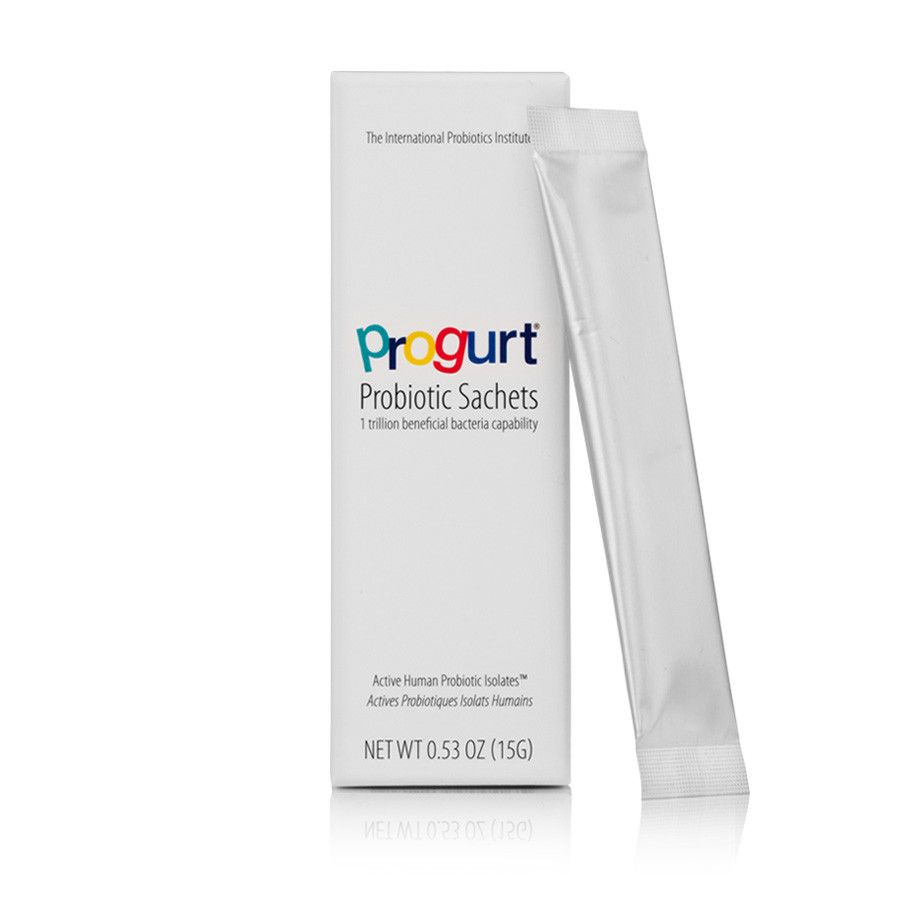


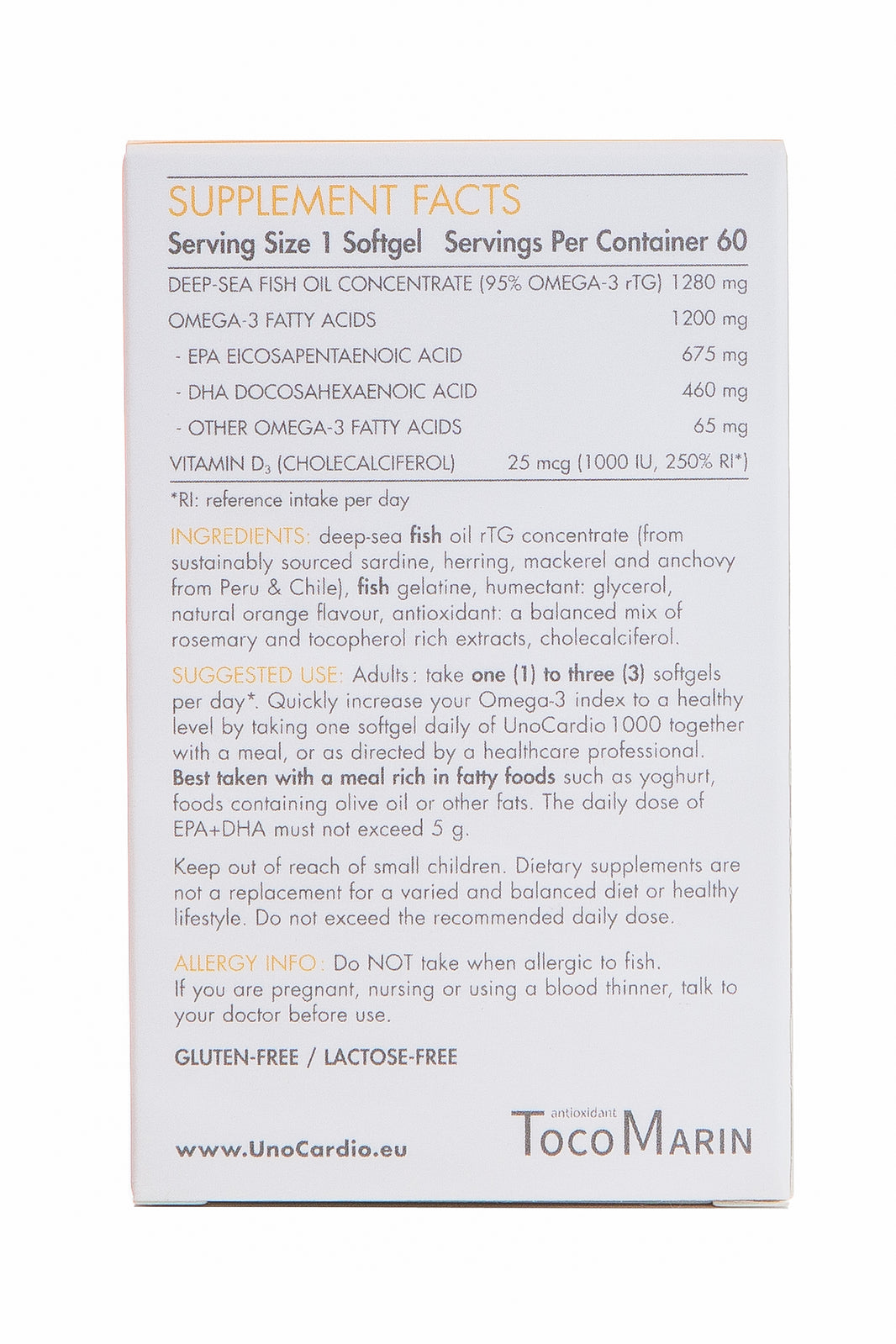







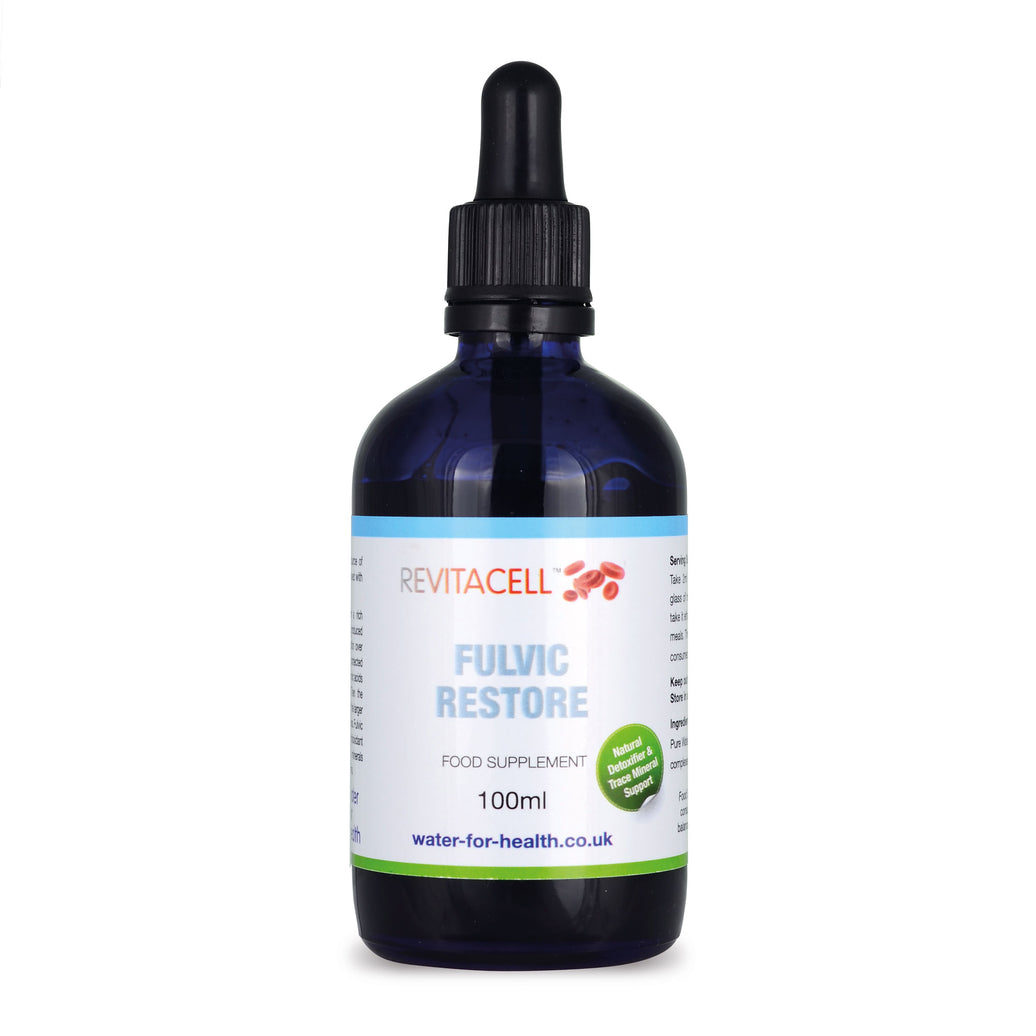
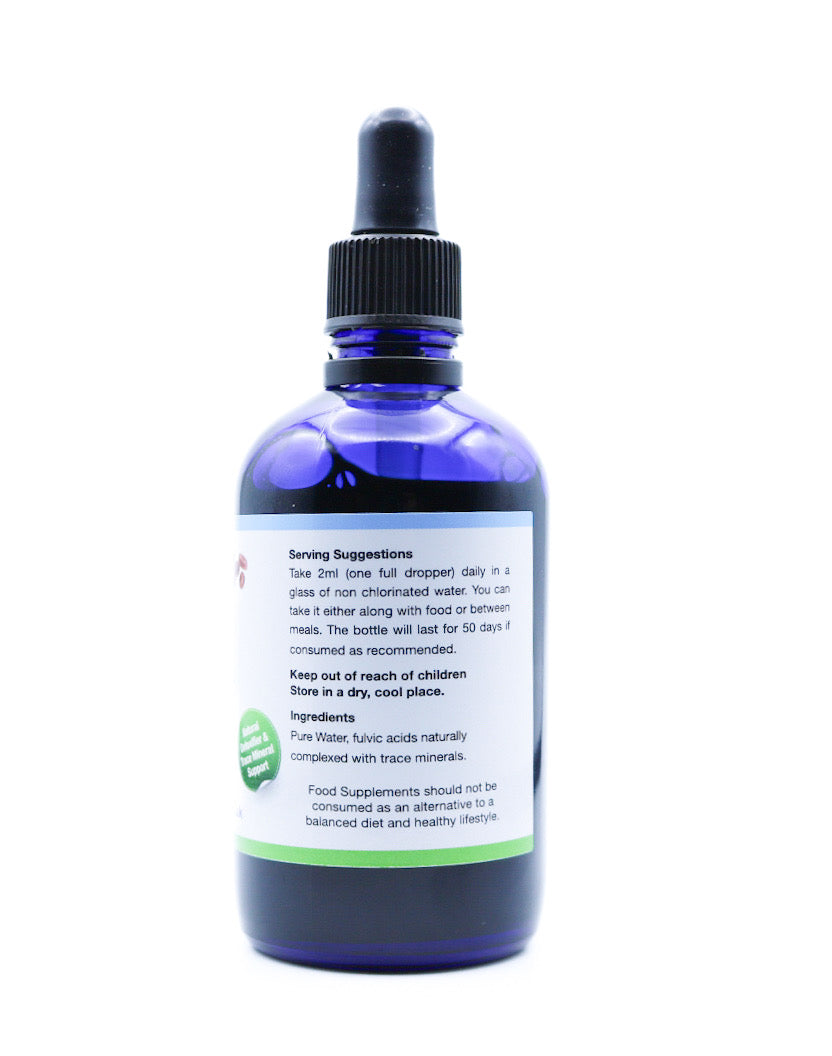
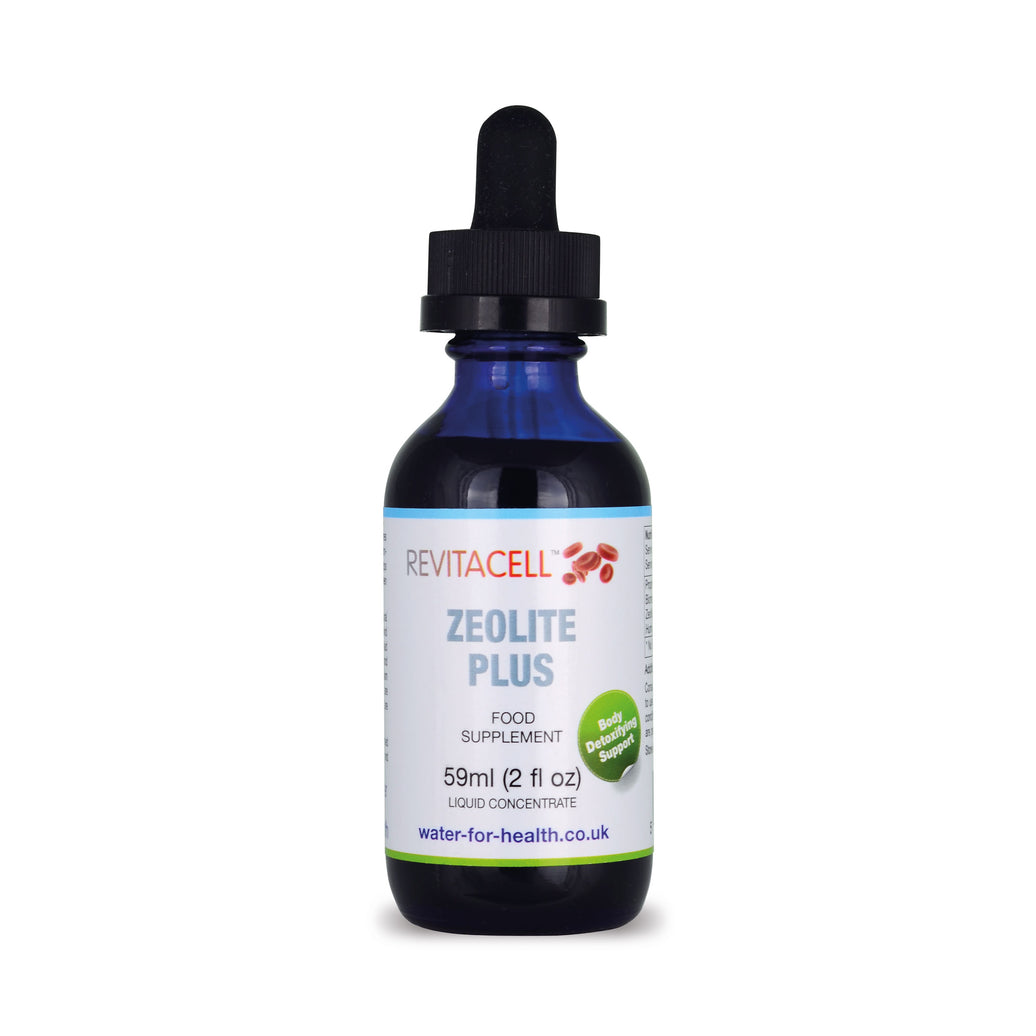
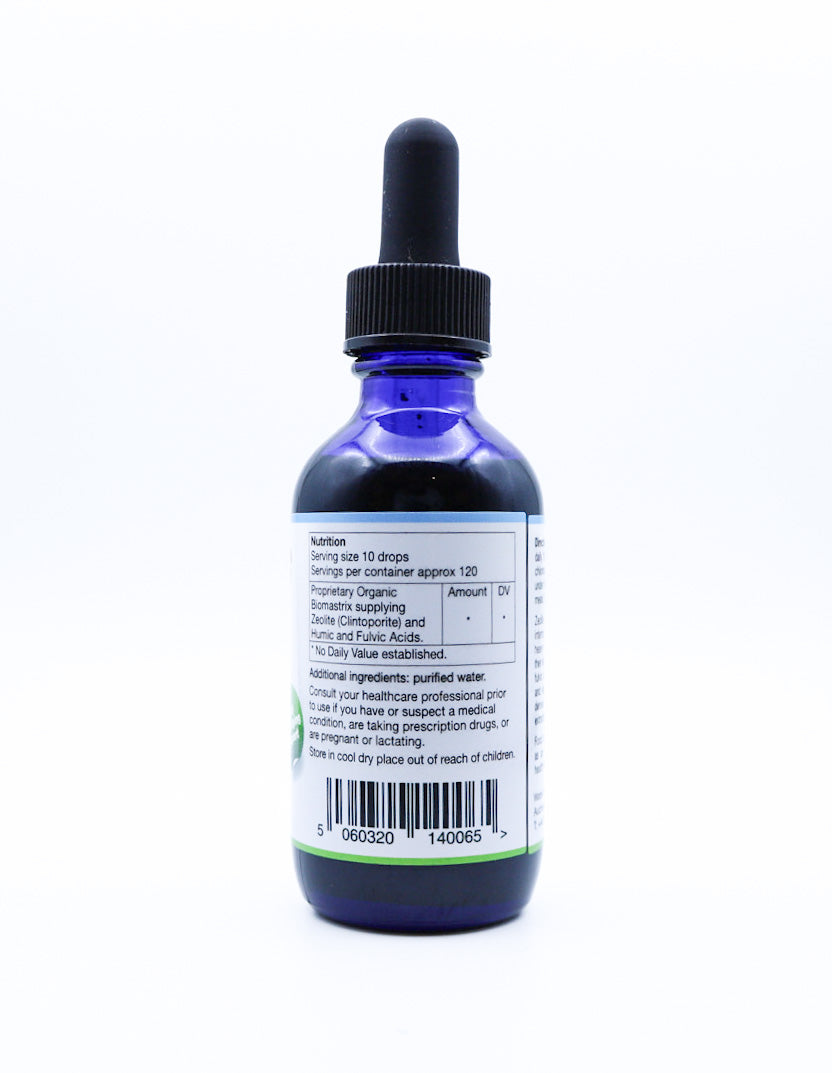

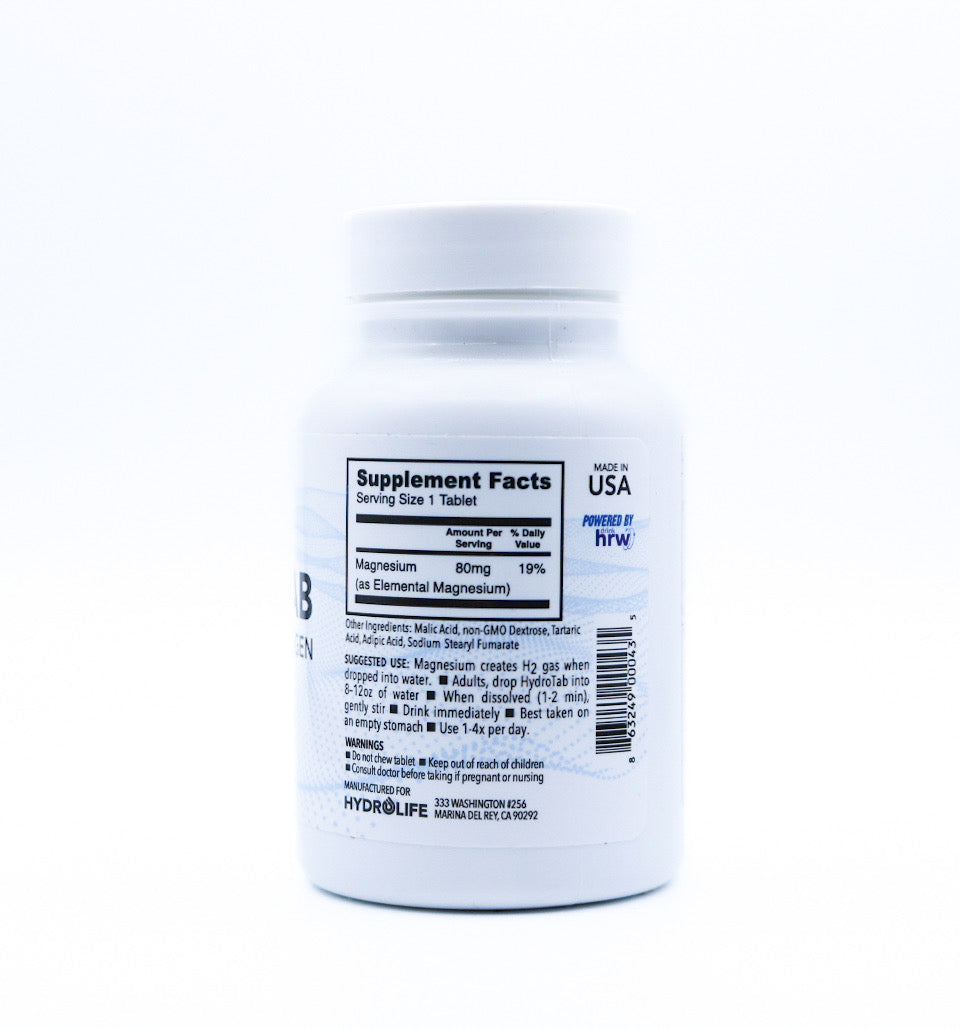








Leave a comment